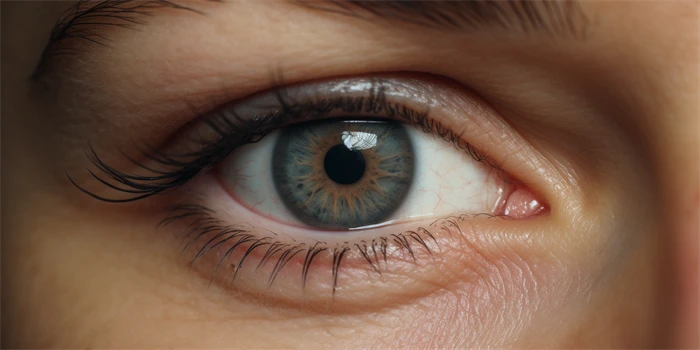How Long is the Healing Time for Blepharoplasty in New Zealand?
Blepharoplasty, commonly known as eyelid surgery, is a popular cosmetic procedure in New Zealand aimed at improving the appearance of the eyelids. This surgery can address issues such as sagging or drooping eyelids, puffiness, and bags under the eyes, which can make a person look older or more tired than they feel. Understanding the healing process is crucial for those considering this procedure, as it helps manage expectations and plan for recovery.

Initial Recovery Period
The initial recovery period for blepharoplasty typically lasts about one to two weeks. During this time, patients may experience swelling, bruising, and discomfort around the eyes. It is common for the eyelids to feel tight and sore immediately after the surgery. Applying cold compresses can help reduce swelling and discomfort. Most patients are advised to take about a week off work to ensure adequate rest and to minimize the risk of infection or complications.
Gradual Improvement
While the initial swelling and bruising subside within the first two weeks, the healing process continues gradually over several months. During this period, the eyes may continue to feel dry and sensitive, and it is important to follow the surgeon's advice on eye care, including the use of prescribed eye drops and ointments. The final results of the surgery become more apparent as the healing progresses, with the full effects usually visible after about six months.
Activity Restrictions
Patients undergoing blepharoplasty should be aware of certain activity restrictions during the healing process. Strenuous activities, including heavy lifting and vigorous exercise, should be avoided for at least two to three weeks after the surgery. This is to prevent increased swelling and potential complications. Additionally, direct exposure to sunlight should be minimized, and sunglasses should be worn to protect the eyes from UV rays.
Potential Complications
As with any surgical procedure, blepharoplasty carries potential risks and complications. These can include infection, bleeding, scarring, and asymmetry. While serious complications are rare, it is important for patients to monitor their recovery closely and report any concerns to their surgeon. Following post-operative instructions carefully can help minimize the risk of complications.
Long-Term Results
The long-term results of blepharoplasty are generally very satisfactory for most patients. The surgery can significantly improve the appearance of the eyelids, making a person look more refreshed and youthful. However, it is important to note that the aging process continues, and the effects of the surgery may diminish over time. Some patients may choose to have touch-up procedures in the future to maintain their results.
FAQ
Q: How soon can I return to work after blepharoplasty?
A: Most patients can return to work within one to two weeks, depending on the nature of their job and the speed of their recovery.
Q: Will I need pain medication after the surgery?
A: Mild to moderate pain is common after blepharoplasty, and your surgeon will likely prescribe pain medication to manage discomfort during the initial recovery period.
Q: Can I wear makeup after the surgery?
A: It is generally recommended to avoid wearing makeup around the eyes for at least two weeks after the surgery to prevent infection and allow the wounds to heal properly.
Q: How long will the results of blepharoplasty last?
A: The results of blepharoplasty can last for many years, although the natural aging process will continue. Some patients may require touch-up procedures in the future to maintain their desired appearance.
Understanding the healing process and what to expect after blepharoplasty is essential for a successful recovery and achieving the desired results. By following the surgeon's advice and taking proper care during the healing period, patients in New Zealand can enjoy the benefits of this transformative procedure.




